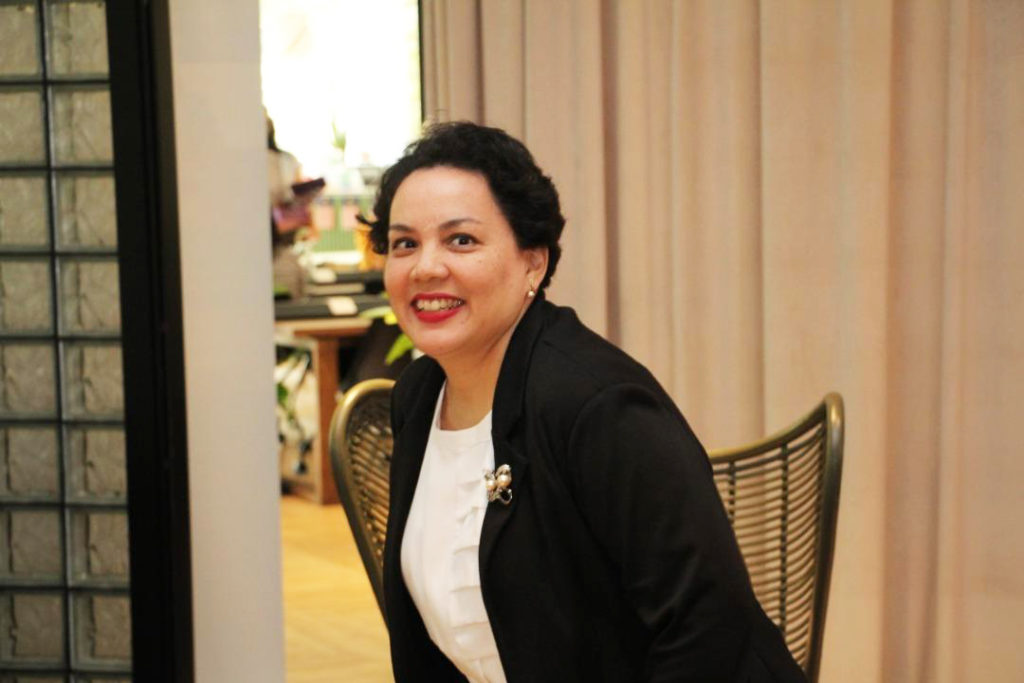
Pharmacists are here to help you live an easier, healthier and happier life
Apart from doctors and nurses, pharmacists play an important role to our community. They’re specially trained to help dispense medicine to patients who no longer need to visit the doctor as well as counsel patients about medicines, including how to take them.
As the healthcare industry looks at more ways to improve our healthcare system, community pharmacies can be a part of the solution. Community pharmacists offer a trusted environment in which to reduce healthcare costs, medication errors, improve safety and well-being of patients.
However, with that being said, how well are we encouraging the growth of community pharmacies in our country?
To learn more on this matter, we’ve reached out to Vice President 1 of Malaysian Pharmaceutical Society (MPS) and Chairperson of Community Pharmacy Chapter, Datin Mariani Bt Ahmad Nizaruddin to share her thoughts on this matter.

1Twenty80: Firstly, could you share with us the difference between community and chain pharmacies?
Datin Mariani Bt Ahmad Nizaruddin: Community pharmacy, also known as a retail or an independent pharmacy, is the most common type of pharmacy. It gives the public access to
their medications and provides suggestive advice about their health. Community pharmacies are often owned by sole proprietors and do not have many branches.
On the contrary, chain pharmacies means that the business entity is owned by investors, shareholders or by publicly listed companies. Chain pharmacies often have multiple branches.
Independent pharmacies have advantages such as flexibility and are customer driven as they provide personalized services for their customers.
1Twenty80: As a pharmacist, in your opinion, do you think chain pharmacies perform better than independent pharmacies?
Datin Mariani: Based on my opinion, I believe that independent pharmacies have the upper hand. They have advantages such as flexibility and are customer driven as they provide personalised services for their customers. Moreover, they are situated around the ‘neighbourhood’ housing areas. Due to this, community pharmacies have a strong base in the respective community setting which results in some good amount of repeating customers.
Chain pharmacies are performing well too as they have more capital to invest in stocks and upgrade their technological advances quickly. To add on, having multiple branches of pharmacies have made them identifiable by the public.

1Twenty80: Why are small community pharmacies at risk?
Datin Mariani: There are many reasons why small community pharmacies are at risk. In my opinion, the advancements of technology including tele-health are one of the contributing factors.
Besides that, small community pharmacies also experience challenges such as speed of services, convenience and costs of building their business up in this technological world we live in. They also experience a drop in sales due to the Covid-19 pandemic, as the public are extra cautious when it comes to spending their budget and only leaving the house when it is necessary.
1Twenty80: What do you think are the perceptions that community pharmacies receive in Malaysia?
Datin Mariani: Community pharmacies are sometimes perceived as shopkeepers and retailers who handle products. Local municipalities require pharmacies to apply for a business licence, but slowly it is being recognised more as a professional service provider.
As a matter of fact, our community pharmacies are able to provide a myriad of services ranging from:
- Medication reviews
- Dispensing medicine
- Weight management
- Wound management care
- Smoking cessation services
- Provide health and disease monitoring
- Counselling on non- communicable diseases
- Family planning and contraceptive counselling
- Share drug information and how to use it rationally without overdosing oneself
- Conduct programmes such as “Know Your Medicine” that was organised by the Ministry of Health Malaysia
However, we are not allowed to advertise or canvass these services, which is definitely a disadvantage to them as customers and patients may not seek out these services if they aren’t aware of them.

1Twenty80: Can you share with us any specific challenges you’ve experienced when managing your community pharmacy?
Datin Mariani: Some of the challenges are suppliers favour the community pharmacy to buy
large volumes, for which we then get better pricing. However, this ties up to more holding costs.
Apart from that, when discussing or advising health literacy issues to patients, they often said they need to confirm with their doctor. Patient’s sometimes do not have recollection of the medications they’re consuming which only makes it harder for us to prescribe medicines to them.
On the other hand, it’s a challenge to get customers to share their medication prescriptions and medical diagnosis with pharmacists. We encourage patients to request prescriptions from their
doctors and pharmacists are medication experts and are able to document their medications list.

1Twenty80: What factors do you think contribute to these challenges and how does it impact your pharmacy’s business?
Datin Mariani: The dichotomy between the healthcare system and the competitive nature of healthcare providers clinics and pharmacies view each other as threats. As healthcare providers, we should be working with each other to make our community a better place.

1Twenty80: What strategies can be taken to strengthen pharmacy services due to the challenges faced?
Datin Mariani: Some of the strategies that can be taken are:
- Offer support and solutions to customers
- Upgrade pharmacists and employees skills
- Pharmacists can offer services to factories, corporations and other institutions to supply their products.
- Provide pharmaceutical care plans to customers especially in areas of concern such as nutrition, diabetes, hypertension, cardiovascular disease, asthma and wound management.
On top of that, upgrading technology and introducing medication delivery services (application to enforcement) and access to online sales platforms for non-controlled medications can definitely reach a larger group of customers that are beyond your geographical area. Plus, improving quality of service by creating a niche so the public is able to identify and associate well with your pharmacy.

1Twenty80: How can the public help community pharmacies grow?
Datin Mariani: Community pharmacists can offer first-hand support to customers of different age groups. Pharmacists are extremely knowledgeable, so work together with your pharmacists in managing your health and medications.











